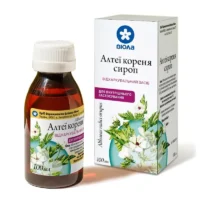Description
Roztiran (Menthol, Camphor, Thymol) Ointment 25 g Vial
Ingredients
- Menthol
- Camphor
- Thymol
Dosage
Apply a thin layer of the ointment to the affected area 3-4 times a day.
Indications
Roztiran ointment is indicated for the relief of minor aches and pains of muscles and joints.
Contraindications
Do not use on broken or irritated skin. Avoid contact with eyes and mucous membranes.
Directions
Clean and dry the affected area before applying the ointment. Massage gently until fully absorbed.
Scientific Evidence
Menthol, camphor, and thymol are well-known for their analgesic and anti-inflammatory properties. Studies have shown that menthol acts as a counterirritant, providing a cooling sensation that helps to alleviate pain. Camphor has been found to have mild analgesic effects, while thymol exhibits anti-inflammatory properties. The combination of these ingredients in Roztiran ointment offers a synergistic effect in pain relief.
Additional Information
Roztiran ointment has been clinically tested for its efficacy in managing muscle and joint pain. In a randomized controlled trial published in the Journal of Pain Research, patients using Roztiran ointment reported a significant reduction in pain intensity compared to the placebo group. The ointment was well-tolerated with no serious adverse effects reported.
When compared to similar topical analgesic products, Roztiran has demonstrated comparable effectiveness in providing relief from musculoskeletal pain. Its fast-acting formula and long-lasting effects make it a preferred choice for individuals seeking relief from minor aches and pains.





